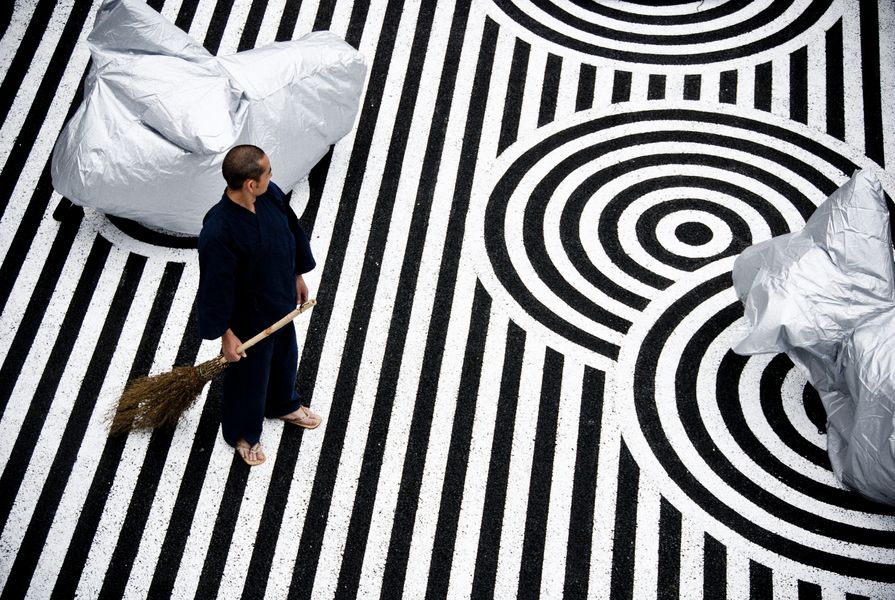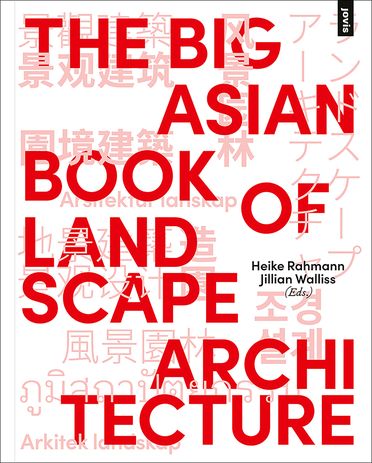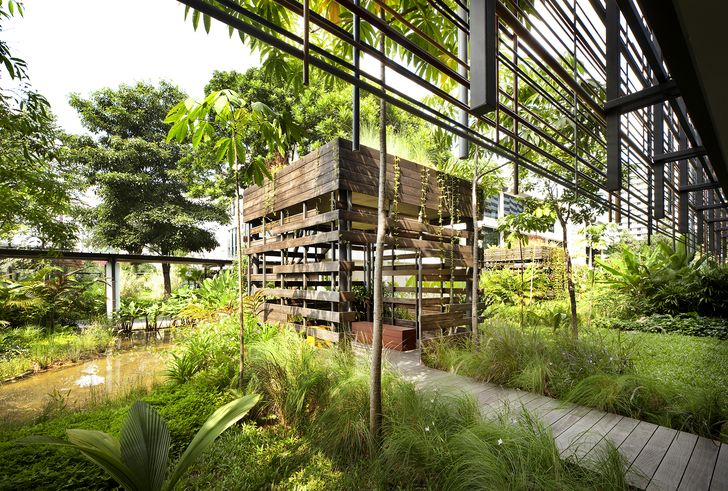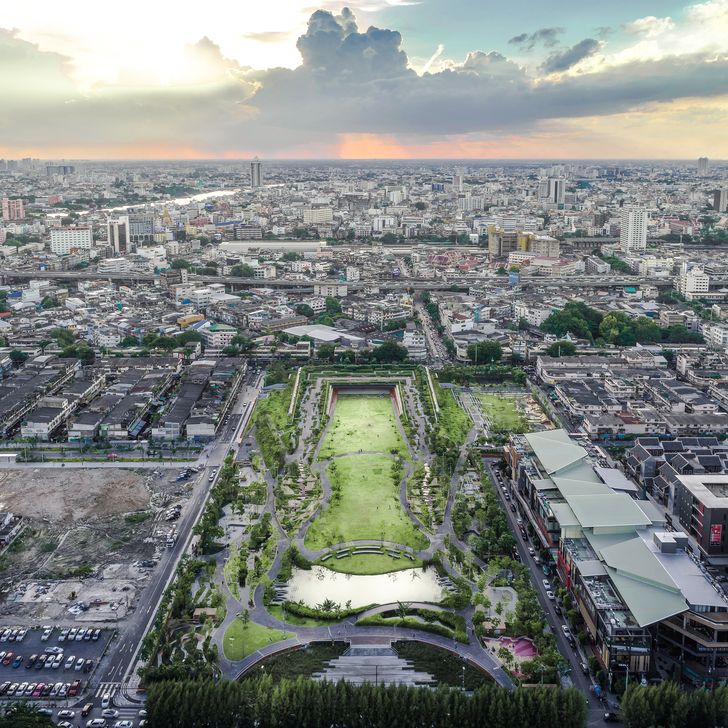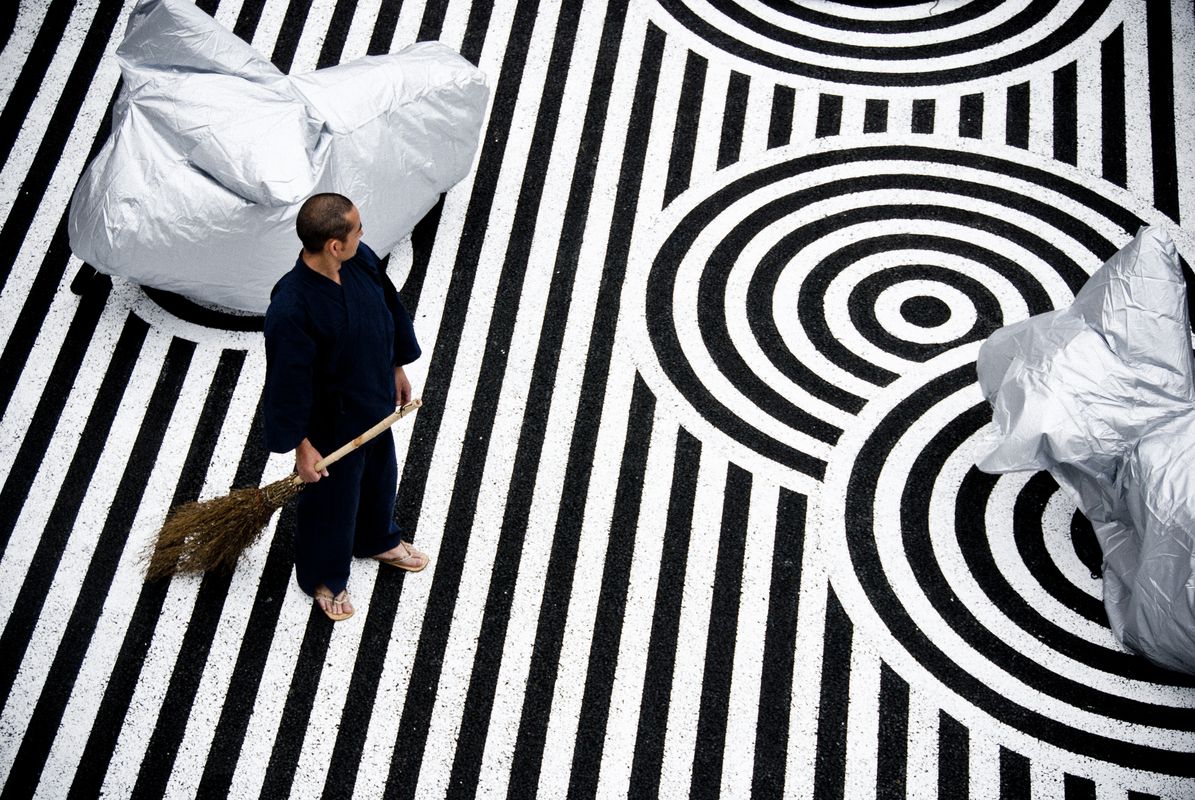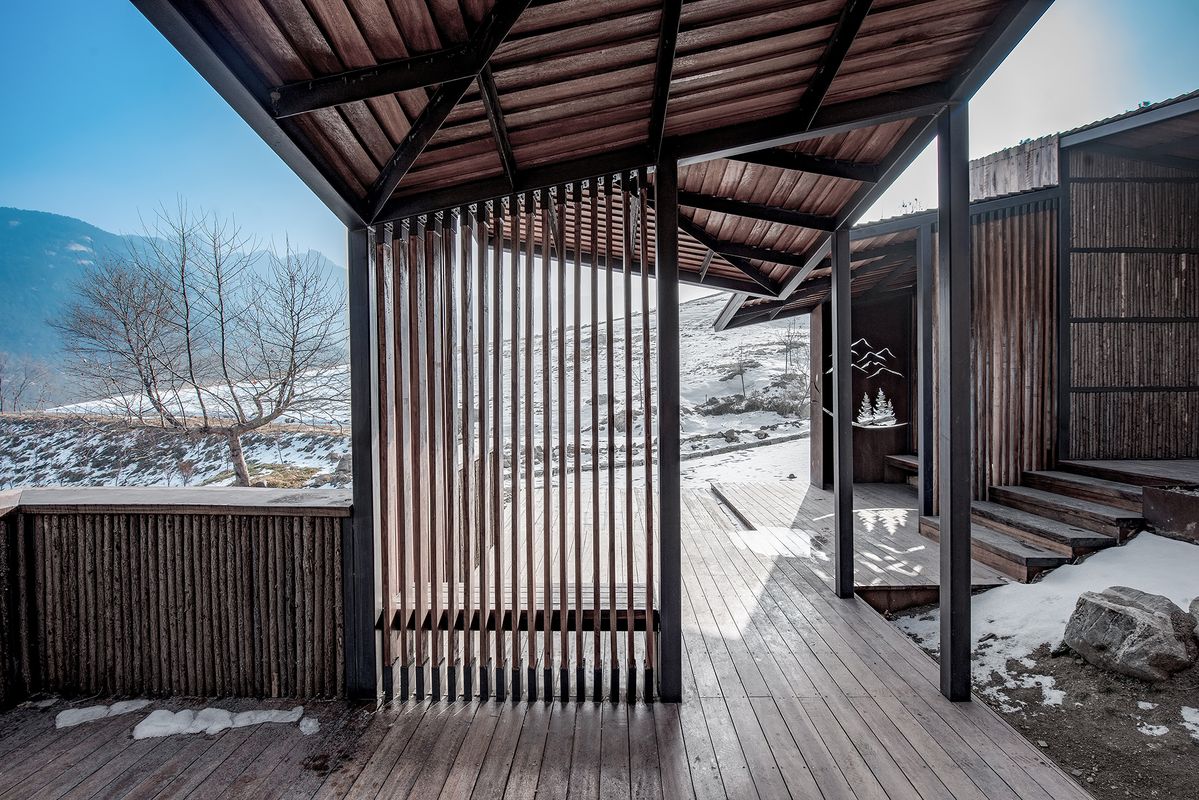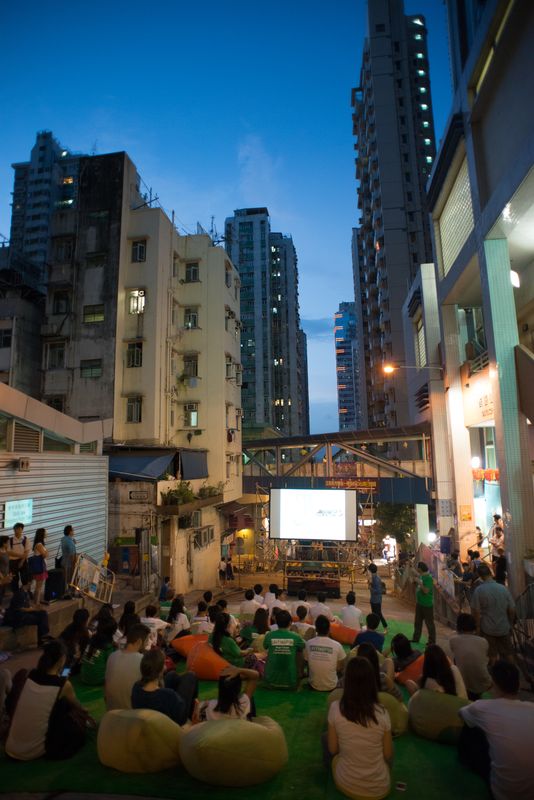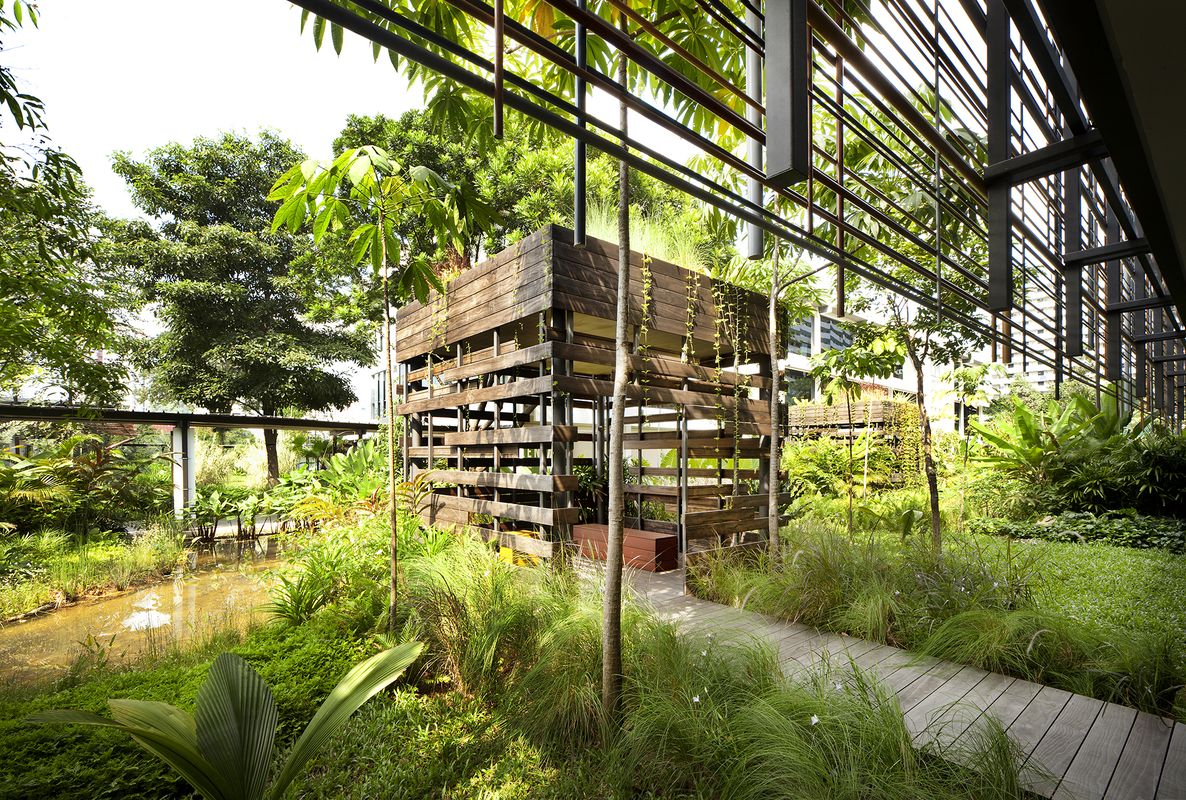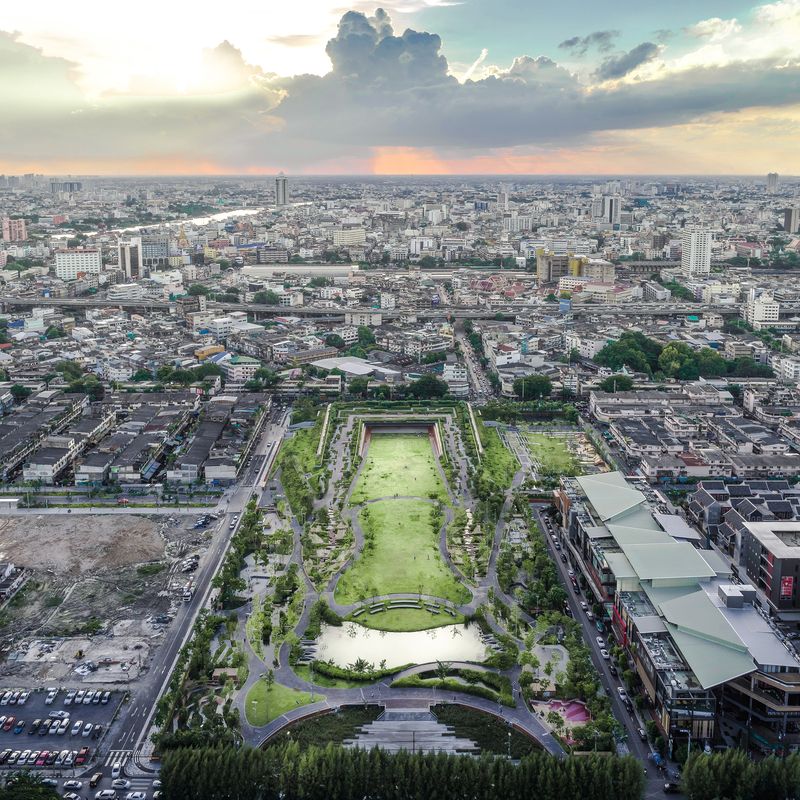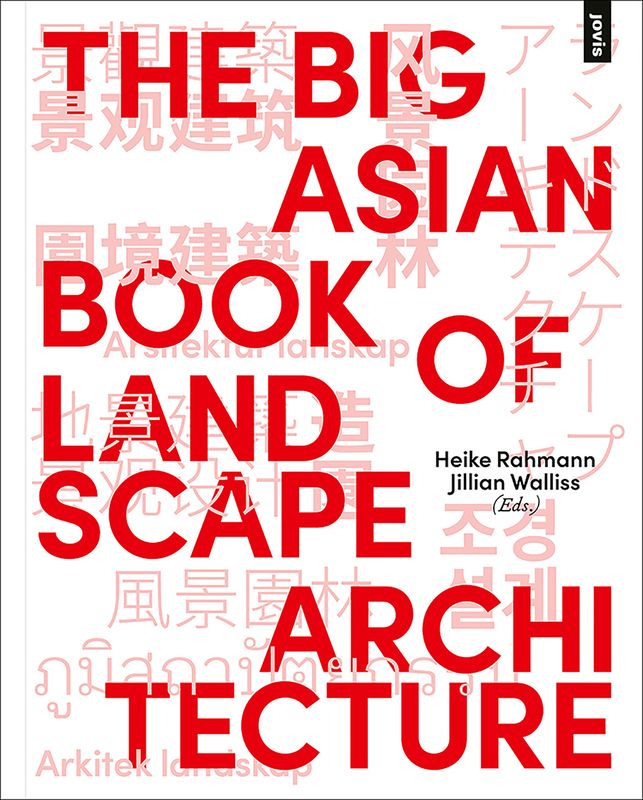At its start, the editors and authors of the The Big Asian Book of Landscape Architecture, Heike Rahmann from RMIT University and Jillian Walliss from The University of Melbourne, reiterate the collective view of those involved in the book’s production, that “defining Asia is an impossibility” and that rather than provide “a national catalogue or record of ‘Asian’ design projects,” the book should “aim to build a picture of what it means to design, do business, and think about nature, space, and urbanism with an Asian sensibility.”
With essays and commentary by 20 authors, academics and practitioners from across Asia and Australia and a description of and visual material on 80 projects, their goal is admirably achieved. This is a compendium long overdue, one with content – essays and works alike – that will tantalize readers eager to understand how design and urbanism work across this part of the world. We know these are different, but in what way and why?
The Big Asian Book of Landscape Architecture, edited by Heike Rahmann and Jillian Walliss.
Eschewing a hierarchical approach, the editors invite readers, once they have read the initial essays discussing geography and approach (for example, ‘An Elastic Asia, Asia as Method’ from the editors’ opening), to start at any section of their tripartite structure, with sections respectively titled “Continuum,” “Interruption” and “Speed.” “Continuum” establishes the shared cultural understandings of space, time and nature and explores how these are interpreted in contemporary practice. “Interruption” explores the impact of modernity and economic growth, and “Speed” examines how governments as drivers of development and change and designers are responding. Usefully, commencing essays also position each section within the broader discourse and introduce the ideas emerging from recent scholarship about Asia, in culture, economics and urbanism. Each is followed by targeted writings around topics and specific places, practice interviews and the featured projects themselves.
Enabling Village by WOHA Architects and Salad Dressing in Red Hill, Singapore.
Image: Edward Hendricks
The authors recognise that for such a vast region, comprised of so many cultures, histories and natures, a single volume cannot be comprehensive or absolute in its scope. Diversity is exactly what its content reveals. As becomes apparent, the strength of landscape architectural practice in Asia appears to lie in the diversity of its creative responses to the particularity of place, of culture, of nature and of the processes of development. Commonalities are, however, discussed and those discussions develop a deeper understanding of the way the underlying philosophies of Confucianism and Buddhism permeate attitudes to change, nature, social responsibility and family, and in turn, how these influence approaches to development and practice in each place. The essays by Rahmann, Walliss and all the contributors are scholarly and insightful and offer an invaluable window into current thinking, not just about the way things work in Asia, but why. The process of change in city-making practice over the last three decades following the initial excesses of modernization (and modernism) in the post-war years should be essential reading for all students of landscape architecture and design in the region. They explain the rise of the profession, as in Australia, as a form of social and environmental resistance to those excesses, but just as importantly, the way in which government policy (or lack of it) and political forces drive or frustrate positive change in each place.
Chulalongkorn University by Landprocess in Bangkok, Thailand creates a flood-resilient campus in the heart of the city.
Image: Landprocess
The great urban waterway projects in China and Korea, the experiments in new forms of urbanism, including biophilic urbanism, and the recent emergence of so many forms of co-design are globally significant inspirations and exemplars. Landscape architects are at the forefront of all of these and are exploring new forms of practice to enhance their capacity to engage effectively. Their names and ways of working, as well as their projects – ranging from the more familiar Kongjian Yu of Turenscape, Beijing and Yoonjin Park and Jungyoon Kim of Parkkim, Seoul through to the less familiar Shma, Wei Pang of Turenscape, Guangzhou, Z+T Studio and many others – should be recognised in the professional landscape architectural cannon internationally and become, in turn, the subject of more detailed interrogation and discussion. Given the scale of the environmental and urban challenges across the region and their very real successes over the last two decades, theirs is the work to learn from for the future.
Another strength of the book is the discussion of the roles and activities of various types of practice from the strategic and bigger-issue political practice typified by Kongjian Yu through to the locally targeted tactical practice of groups exemplified by Pandscape and Clover Nature School from Shanghai and Salad Dressing from Singapore who work in response to the emerging community-based co-design movements now characterising the delivery of many government-led urban improvement programs across the region. The role of institutes of landscape architectural practices based in universities and their engagement with both communities and government is also discussed. While conceptions of typology and the diverse, fluid meanings associated with public and private space are explored, the authors are careful to avoid definitive classifications, easy escapes into binary opposites (“east-west” etc) or simplistic generalizations and lead the reader through a more nuanced exploration based in historic traditions such as the water-based urbanism of Sri Lanka, Cambodia and Thailand and the acceptance across the region of impermanence, dynamics and change in nature and life. These influence practice and ways of approaching and doing work now.
Restroom in the Mountains by Lab D+H, Kunyu Mountain National Park, China.
Image: Xi Tang
The desire to reflect the reality that multiple modernities operate in multiple cultures and places in Asia, along with a growing understanding of that reality, has created a book of somewhat unwieldy range. That range however, does reflect the complexity of the task and introduces topics that should form the basis of more specialized publishing. As a landscape architect who has engaged with Asia both through work and as an interested individual since the 1970s, I have always found its approaches to planning and design through the decades fascinating, offering so much both to respect and to learn from. While completed prior to the more recent political shifts, this volume goes some way to explaining why the last 30 years have been so transformative for landscape architectural practice in Asia.
This is a big book deserving of a big welcome as basic reading for landscape practice in our region and globally. Inspired by a themed edition of Landscape Architecture Australia in 2018 that Walliss and Rahmann guest-edited, it has been supported by IFLA Asia-Pacific and so many others. Go out and buy it.
The Big Asian Book of Landscape Architecture. Edited by Heike Rahmann and Jillian Walliss. Jovis Verlag, 2020. RRP $AUD 85.00.
Source
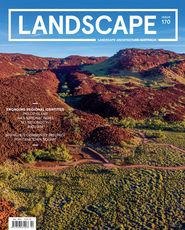
Review
Published online: 12 Mar 2021
Words:
Catherin Bull
Images:
Edward Hendricks,
Landprocess,
The Chinese University of Hong Kong (CUHK),
Xi Tang,
Yusuke Komatsu
Issue
Landscape Architecture Australia, May 2021

